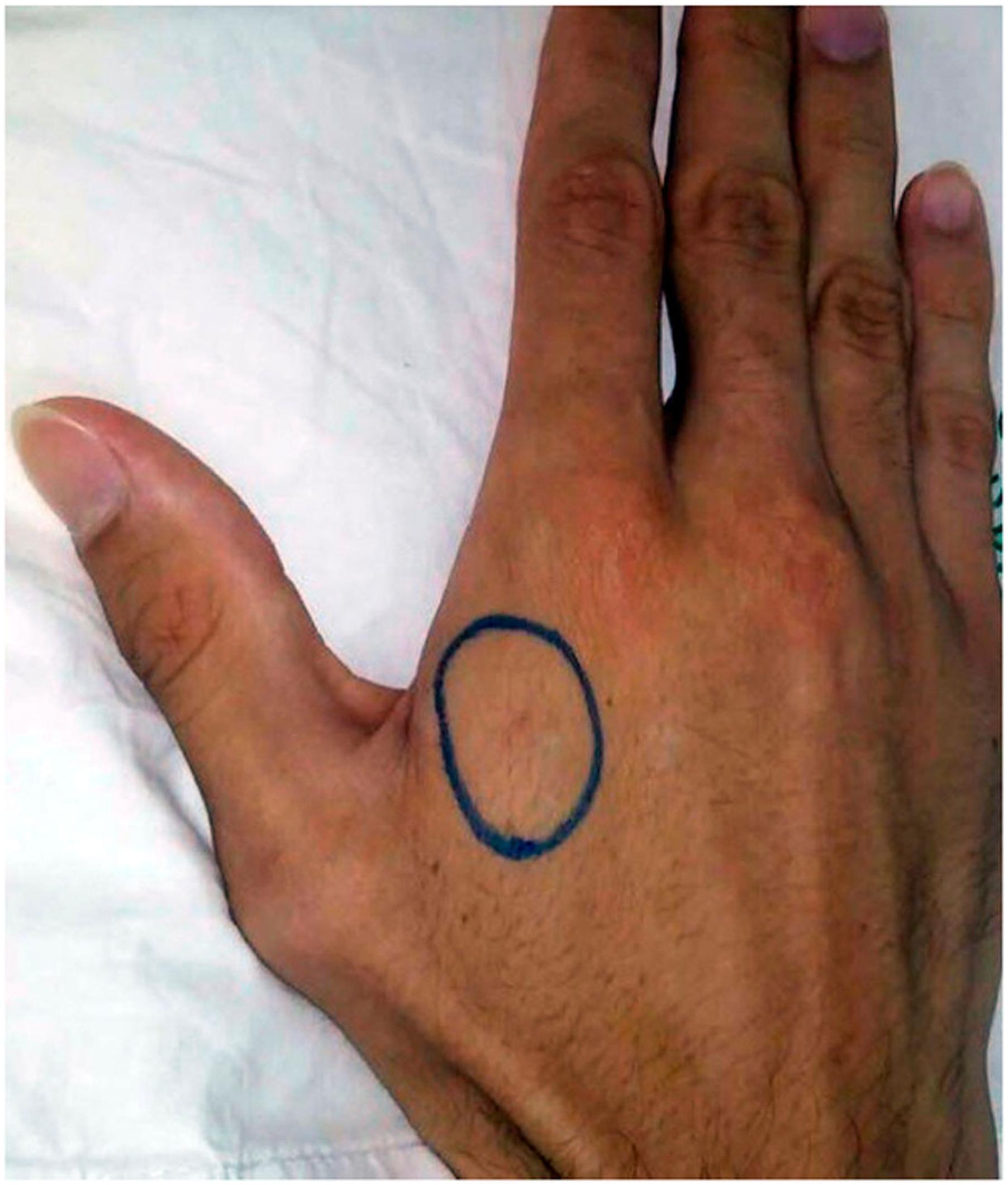Abstract
Background
Bites provoked by the genus Micrurus represent less than 1% of snakebite cases notified in Brazil, a tiny fraction compared with other genus such as Bothrops and Crotalus, which together represent almost 80% of accidents. In addition to their less aggressive behavior, habits and morphology of coral snakes are determinant factors for such low incidence of accidents. Although Micrurus bites are rare, victims must be rescued and hospitalized in a short period of time, because this type of envenoming may evolve to a progressive muscle weakness and acute respiratory failure.
Case Presentation
We report an accident caused by Micrurus corallinus involving a 28-year-old Caucasian sailor man bitten on the hand. The accident occurred in a recreational camp because people believed the snake was not venomous. The victim presented neurological symptoms 2 h after the accident and was taken to the hospital, where he received antielapidic serum 10 h after the bite. After the antivenom treatment, the patient presented clinical evolution without complications and was discharged 4 days later.
Conclusions
We reinforce that it is essential to have a health care structure suitable for the treatment of snakebite. Besides, the manipulation of these animals should only be carried out by a team of well-equipped and trained professionals, and even so with special attention.
Keywords
Coral snake; Envenoming; Micrurus spp.; Snakebites; Ophidism



